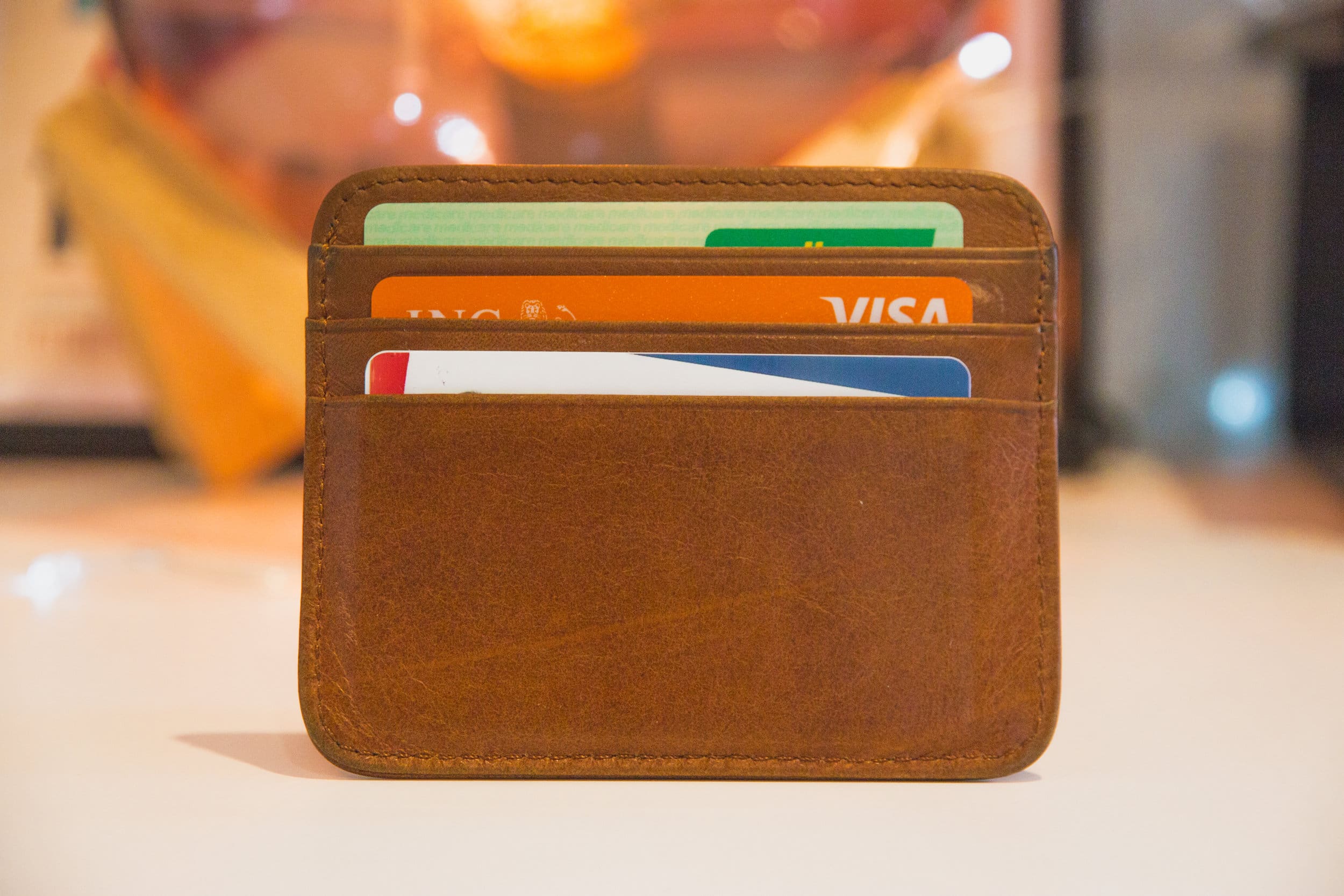Written by

In terms of personal finance, saving is the ultimate form of good behaviour. It takes discipline and the ability to put future goals above current comforts. As Warren Buffet says, “Do not save what is left after spending; instead spend what is left after saving.” If that’s easier said than done, you probably have some work to do on your saving habits. Not to worry, we’re here to help!
Set your saving goal: As with any plan, you should start with a goal in mind. It’s often recommended to set a specific savings goal, and that can be really helpful. For example, if you can’t wait to buy your first home, then saving for a down payment is a very attractive goal. The goal is set to remind you of your future self in the moment that your current self is telling you to buy the handbag. This is a great start, but over time, the best savers start to see saving as a means to financial freedom. By being strict with their saving, they have a stronger financial foundation to spend on much bigger goals. The way to do this is to look at your budget and decide what actually matters to you. For example, just because the recommendation is to spend 30% of your monthly income on housing, it isn’t set in stone! If you are OK living in a smaller or older home, then you can free up that money to save for travel, investments or more! Don’t have a working budget yet? That’s where the next step comes in.
Create your Budget: A budget is simply a listing of what you spend every month, so don’t let the word scare you! If you don’t have one that’s current, chances are that you don’t know what you are spending. You need to know these numbers, because in order to save money, you will have to cut spending it from somewhere else. Knowledge is power here.
The first step to creating a budget is simply to map out where you spend your money currently. No need to judge your numbers, you just need to gain an understanding of the money coming in and out every month. Luckily, we have the technology to help us, so budgeting today is easier than ever! Check the Best Budgeting Tools of 2019 and get started. We promise, there is virtually no math involved here!
This can be scary and it’s a common place to start procrastinating. If you are falling into that category, grab a financially savvy friend and buy them dinner in exchange for their help! Once the first part is over, maintaining it is a piece of cake. You can get this done in one evening, and if you do, treat yourself to dessert!
Evaluate your budget: Now that you have created your budget, you have a clear idea of where each dollar is going. The next step is to evaluate those decisions. In order to save up, you will need to move some dollars from the spending categories into the savings, which means reducing your spending. Which areas are you able to cut out? The more discretionary (optional) spending you can cut, the faster you will be able to reach your savings goal. Unsure if you’re spending too much? We’ve got a blog post that can help.
Remember, if you’re working right now and spending all of your money while still living at home, you are definitely spending too much, or not earning enough. Saving is another form of earning money, it can be fun and addictive if you look at it with the right mindset! If you are looking at your budget and wondering how you could ever cut anything out, click here to learn the best ways to be frugal.
Begin to build your savings: Once you have identified how much you can reduce your monthly budget, take that difference and add it into a savings account. Here’s the trick, it can be hard to stick to your savings when you’ve just been handed a bunch of cash on payday. We like to live by a “pay yourself first” mentality, where you put the money to be saved in a separate savings account as soon as you are paid. That way, it’s as if you never had it in the first place and you aren’t tempted to spend it. Many banks will actually be able to automate this step for you – out of site, out of mind! Remember, you are changing a spending habit, so drastic action can help it stick. Click here to learn more about building great habits.
Create a timeline for your savings: Once you are in the habit of saving, it will really help to have an endpoint in mind. How many months will it take you to reach your savings goal? For example, if you have identified that you need to accumulate $5,000 for an emergency fund, and after reviewing your budget you believe you can save $500 per month, then it will take you 10 months to accumulate the required amount. Does 10 months feel too long? Then it’s time to make some more money. Side hustles, part time jobs, walking the neighbour’s dog, these amounts add up fast, and before you know it, you will reach your goal.
Put your savings to work: There are some tips and tricks to fast track your savings goals. The first is to consider your RRSP. If you have space to contribute to your RRSP, you could be getting a refund if you were paying taxes by contributing. That refund could help your savings. This goes further if you work for an employer with an RRSP matching program. If you are planning to save up to buy a home when you move out, you can actually use the money that is in your RRSPs for your down payment. Similarly, if your timeline to move out is a longer one, you can actually begin putting money into a TFSA and letting it grow from investment a bit before pulling it out tax-free. As complex as they seem, taxes can significantly impact your take-home earnings. Finding ways to reduce your tax bill is essentially a way to grow your earnings. It’s kind of like free money! Click here to learn more about RRSPs and TFSAs.
Keep the habit alive: Once you’ve reached your first goal, don’t go back to your old ways. If you have managed to build the saving habit, take that momentum and run with it. Keep saving for new goals, contribute to your investments, the rush of knowing you are paying yourself will become addictive and this step will help you throughout your financial life. If the goal setting was working for you, then set newer, bigger and more exciting goals. Over time, you will notice that the things you were buying before were never really contributing to your happiness.
What’s your top barrier to saving? What are some techniques that have helped you save? Let us know in the comments below!
How do our emotions affect our money decisions? In a bigger way than we expect! In this article, we dive into ways that our…
How do our emotions affect our money decisions? In a bigger way than we expect! In this article, we dive into ways that our…
This is a set of the most impactful and helpful questions to ask in order to identify your partner’s money story and complete a…





